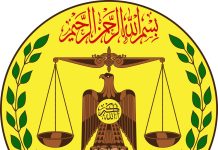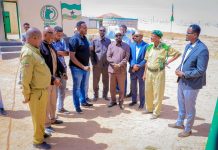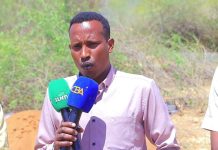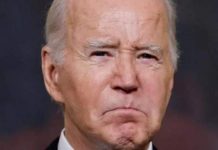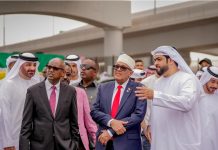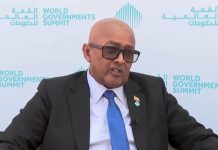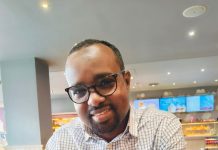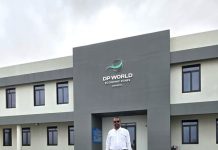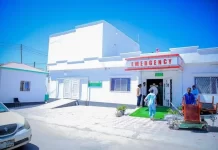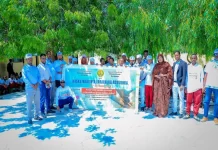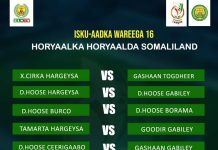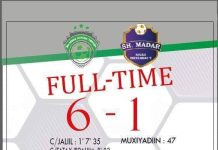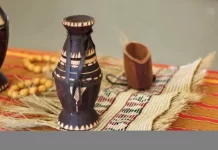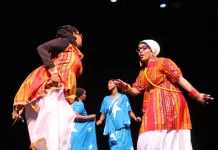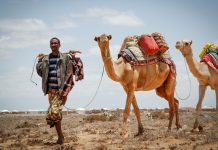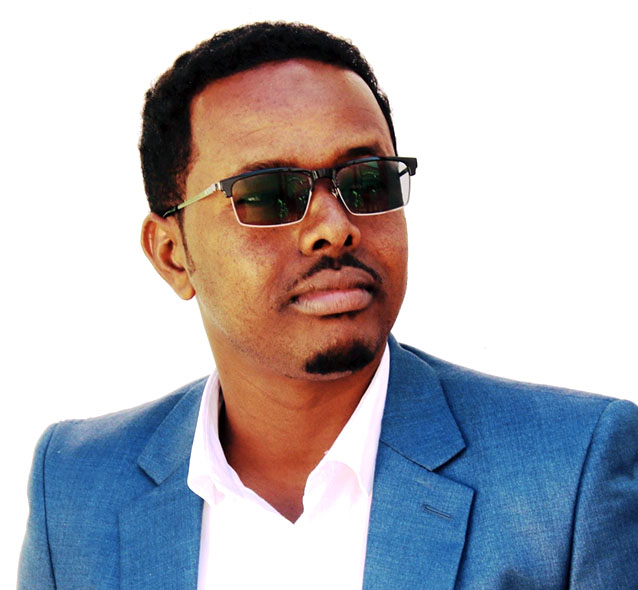Introduction
Government budgets reflect the plans, prioritization and economic development of the country. It shows how the funds will be raised and disbursed with one period of year. The budget is the financial mirror of society choices.
The term budget is derived from the French Word “Budgette” which means a “leather bag” or a “wallet”. It is a statement of the financial plan of the government. It shows the income and expenditure of the government during a year. (Akrani 2011)
Somaliland is the only country in the world that is debt free, fully funds its operations budget and the only country in Sub-sahara Africa that doesn’t not receive General Budget support from developed countries. Sub-Sahara Africa receives the highest share of Official
Development Assistance. Approximately 20% of their budget is financed through a general budget support. Compared to bordering countries, Somaliland Budget is higher than many
African countries including Federal Government of Somalia which in 2016 had a total budget of $246,307,948 (Ministry of Finance 2016). The Donors both bilateral and multilateral provided $107,100,000 which contributes 43.5% of the National Budget while the rest $56.50 comes from the domestic revenue.
Somaliland, Unrecognized de-facto state in the Horn of Africa, faced a broad spacious of progress challenges on all sides. Statistics showed that the unemployment rate is 56%, rampant youth immigration, high rate of inflation, poor infrastructure, poor health facilities, severe recurrent draught, food insecurity is wide spread in the country. According to FAO’s
Rapid Results Draught Response plan for Somaliland of March 2016, the number of people in acute food insecurity was estimated about more than one million particularly the eastern regions of Somaliland of at least one in ten people are acutely food insecure (FAO 2016),
Initial estimates suggests that 29% of population living urban areas are below poverty line while the rural areas, the number is high as 38% (World Bank 2014) , high rates of maternal and infant mortality, low literacy rate – only about half of 6-13 years olds go to primary school, poor access to sanitation and clean waters. Furthermore the livestock industry which contributes 30% of GDP and a backbone of the national budget was recently banned by Saudi Arabia due to uncertain date.
The budget needs to be analyzed from this perspective and within the overall development country context. Broadly speaking, the bulk of Somaliland budget is allocated to the recurrent expenditure including staff salaries and administration expenses leaving unworthy portion to development projects. In order the budget to be able to respond the socio economic, political and environmental needs of the country requires steadily to get alternative source for the livestock, implementation of new tax system particularly Value added Tax.
Click here to read full article:
A-study-in-Government-Budgets-in-Somaliland-from-2010-up-to-2017
By: Abdirahman Mohamed Sh. Abdilahi (Guray)
Email: abdirahman180@gmail.com


